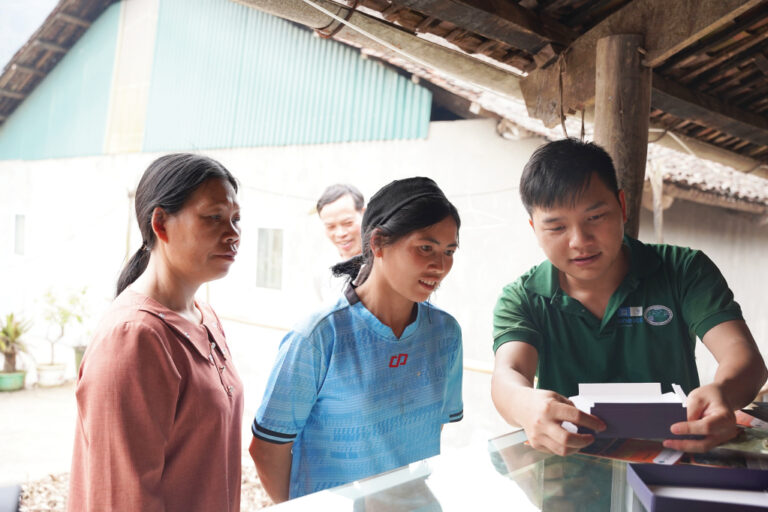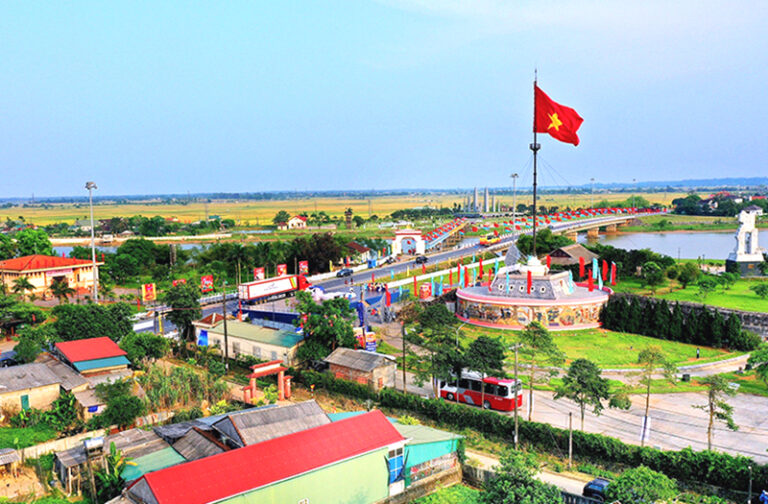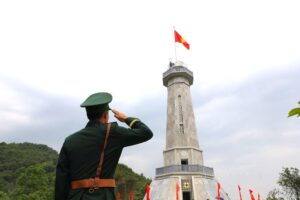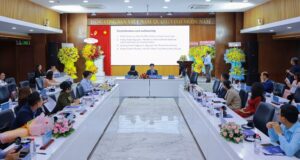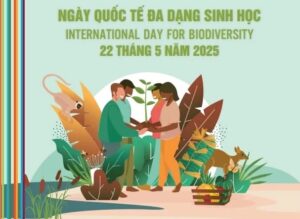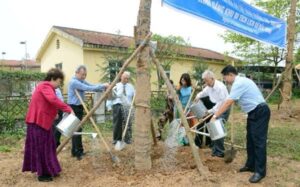Neighbors tend to mistake Nguyen Dinh Tien’s 30-square-meter house in Hanoi for a small farm as the area reeks of poultry and pheasant cages are strewn all over the floor.
What most people don’t know is that in five years, the northerner has produced around 100 blood pheasants, a bird that is listed in Vietnam’s red book of endangered species.
When Tien was a soldier from 1967-1976, he saw many pheasants around the battlefield in northern Laos where his unit was based. Curiosity prompted him to study the bird and learn its habits.
Long after completing his military duties, Tien one day happened upon the news that a certain type of pheasant was on the verge of extinction in Vietnam. Spurred by his old interest in the bird, Tien decided to convert a part of his residence into a space to raise blood pheasants.
“My friends said I was crazy,” Tien recalled. “They pointed out the bird was a wild species and even though I may be able to keep them alive, they wouldn’t lay eggs in a domesticated environment.”
In 2003, Tien received a pair of young blood pheasants from a friend in northern Bac Giang Province. He raised them in a similar fashion as one would with chickens and after eight months the female bird produced 100 eggs, but wouldn’t incubate.
Tien tried to put the batch among chicken eggs for the hens to sit on, but it was a failure as the chicks would break out of their shells earlier than the pheasants.
He was then advised to try the same hatching experiment with a turkey and nine young pheasants appeared after 30 days.
Tien has documented his experience with pheasant breeding in great detail, including notes on meal portions, incubation temperature, and potential diseases and remedies.
He has sent a copy of his work to the management of an ecological zone in Hai Phong City and plans to publish a handbook on how to breed pheasants successfully.
According to Tien, breeding pheasants is more affordable than breeding other fowl species like ducks or chickens.
It costs around VND 8 million (USD 471) to feed 100 pheasants a year.
A female bird can lay about 200 eggs, of which 90 percent will hatch given the right conditions, Tien said, adding that the species is quite healthy as none of his stocks were affected by the bird flu outbreak earlier in the year.
In the future, the enthusiastic pheasant farmer aims to find partners who are interested in helping to expand his farm and reproduce conditions of the wild to keep the birds strong and healthy.


